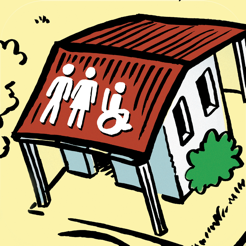Tourism
Kojonup Visitor Centre and The Kodja Place
The Kojonup Visitor Centre is located at 143 Albany Highway, Kojonup. For general tourist information visit the The Kodja Place Interpretive Centre website.
History and Tourism
Kojonup has a long and proud history stretching back centuries to the days when nomadic Aborigines were first attracted to the area by the freshwater spring and abundance of game. The first white man arrived in Kojonup in 1837, just nine years after the founding of the Swan River Settlement.
Below are some of the historic buildings from the late Eighteen Hundreds that were built in Kojonup and now available via appointment to visit.
Old Military Barracks
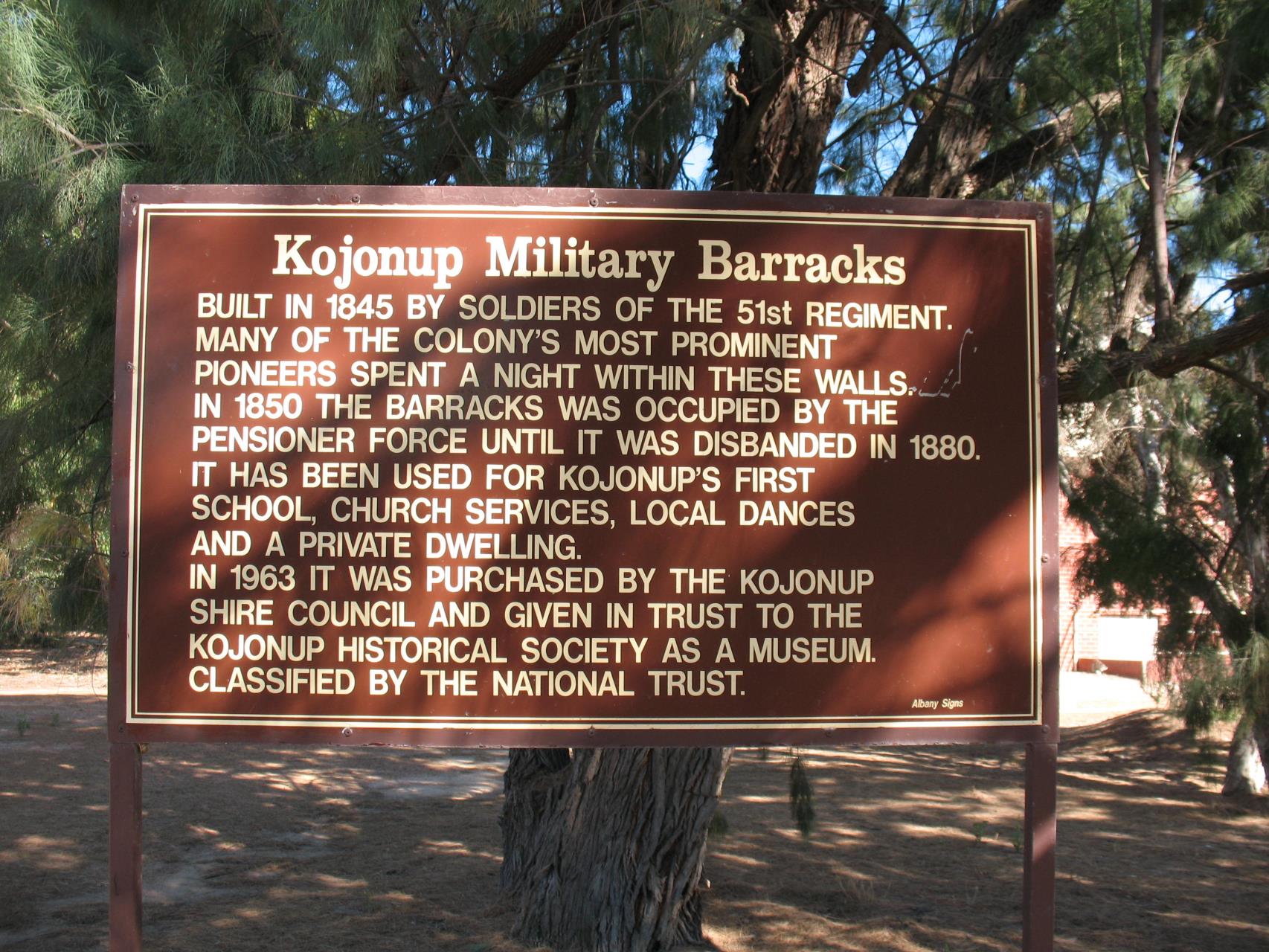
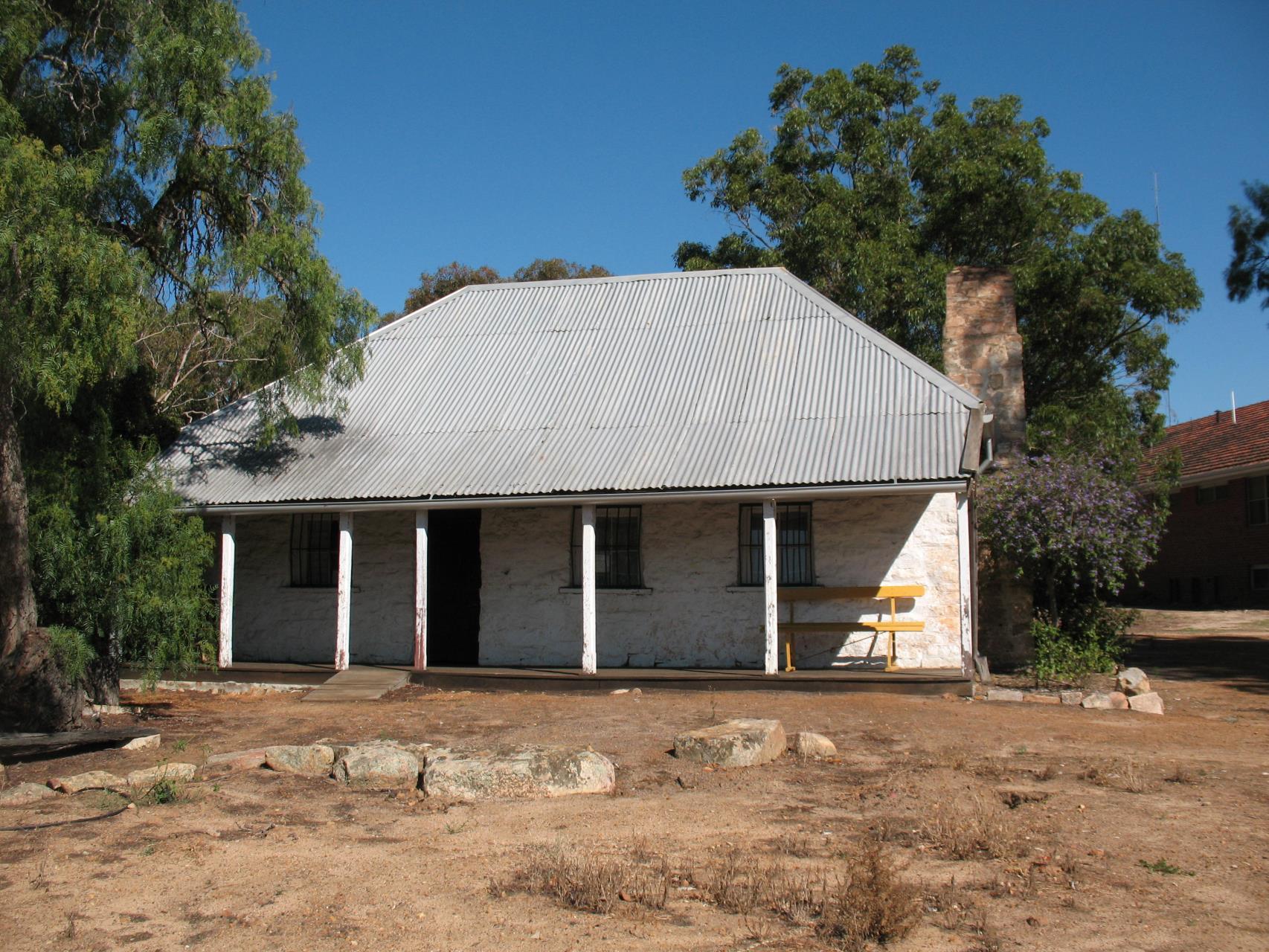
Built as a Military Outpost by soldiers of the 51st British Regiment, this is Kojonup's oldest building. It was built in 1845 to replace the original wooden barracks hut and later became a school, a meeting place and then a private home, before becoming the town's museum. Today it features a Military Room with material from the theatres of war in which Australians have been involved. Open by arrangement with The Kojonup Visitor Centre.
Elverd Cottage
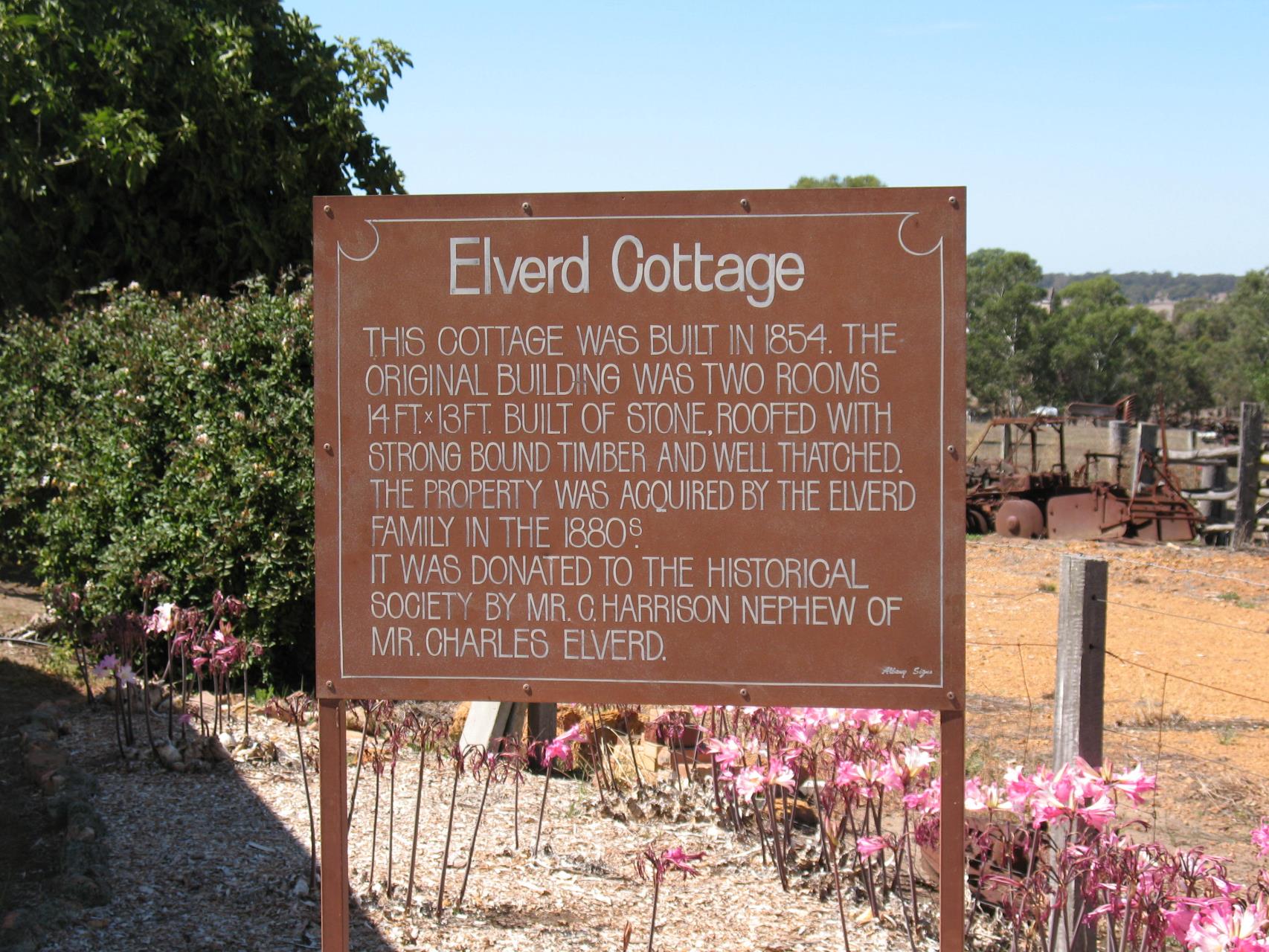
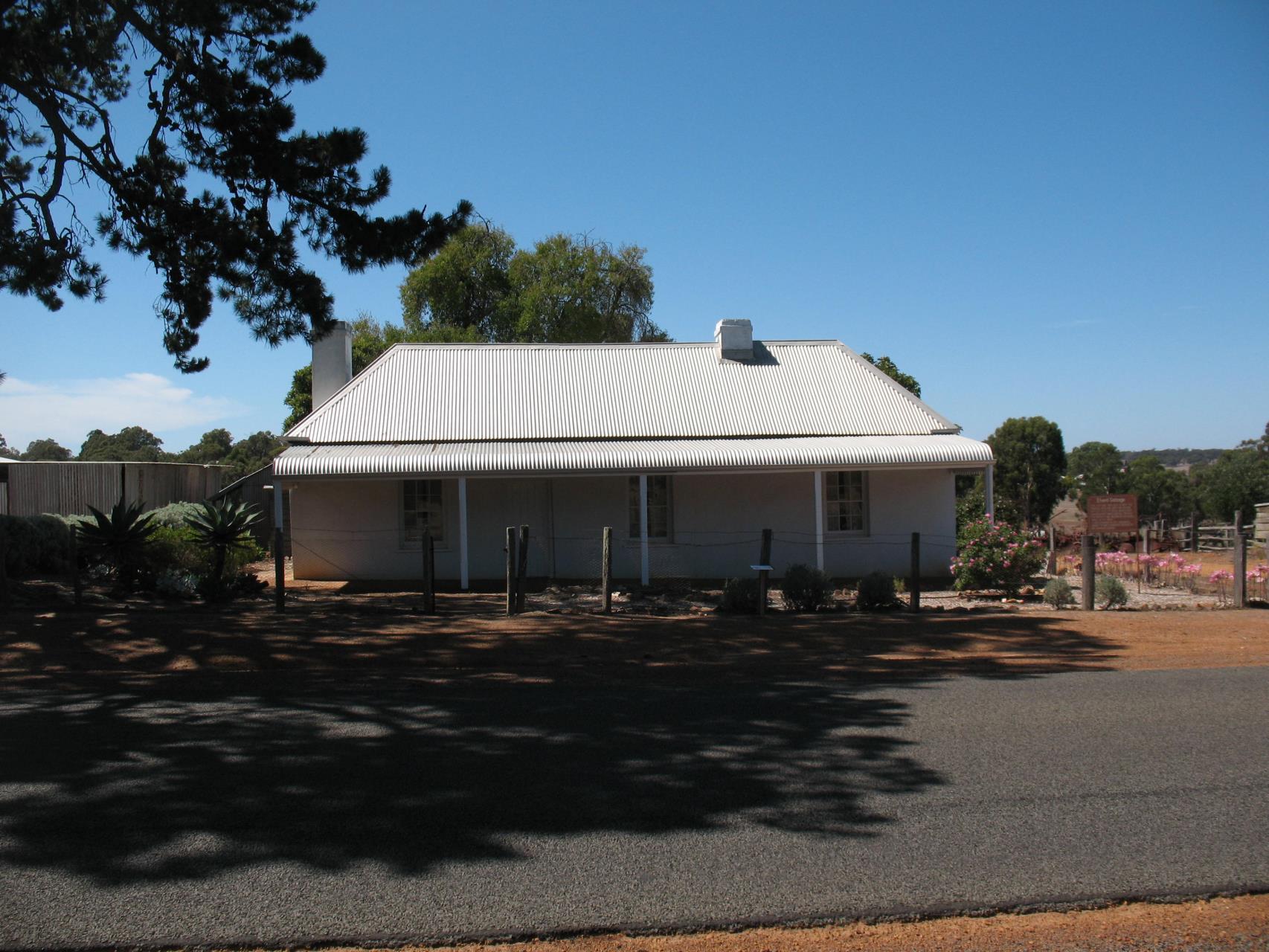
In the 1850's returning soldiers were offered continued service guarding convicts transported from Britain called Pensioner Guards. They were granted fifteen pounds and ten acres of land to build a home - Elverd Cottage is one such home. The cottage was built by William McDonell in 1854. In 1879, the cottage was acquired by JC Elverd. The cottage was vested in the Shire and is now cared for by the Historical Society as a cultural museum.
The Spring
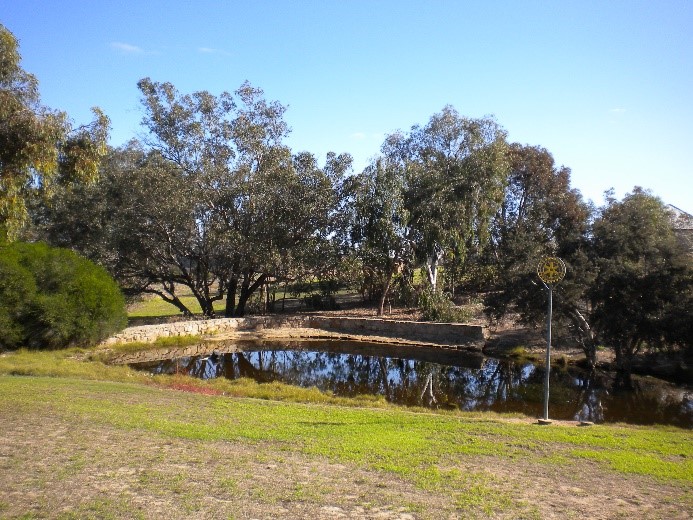
In 1837, Surveyor Alfred Hillman had been sent North by Governor Stirling to blaze a trail from King George Sound (Albany) to the Swan River Settlement. In May 1840, land was opened for selection and the government held a public sale of land. For many years the Spring would have been a source of water for a range of travellers, including military personnel, surveyors, the mailman, merchants en route to Albany, shepherds, sandalwood cutters, Aborigines and settlers. Today it is recognised that the area known as The Kojonup Spring has special spiritual and cultural significance to both Aboriginal and non-Aboriginal people of the district of Kojonup. In 1999, a special agreement was made, which read: "It is acknowledged that the Aboriginal people shared the water of the 'Spring" with the first white settlers and it is the wish of the present local Aboriginal people of today to continue sharing the area." The tranquil Spring is now a popular picnic and BBQ area.
Centenary of Federation Wool Wagon
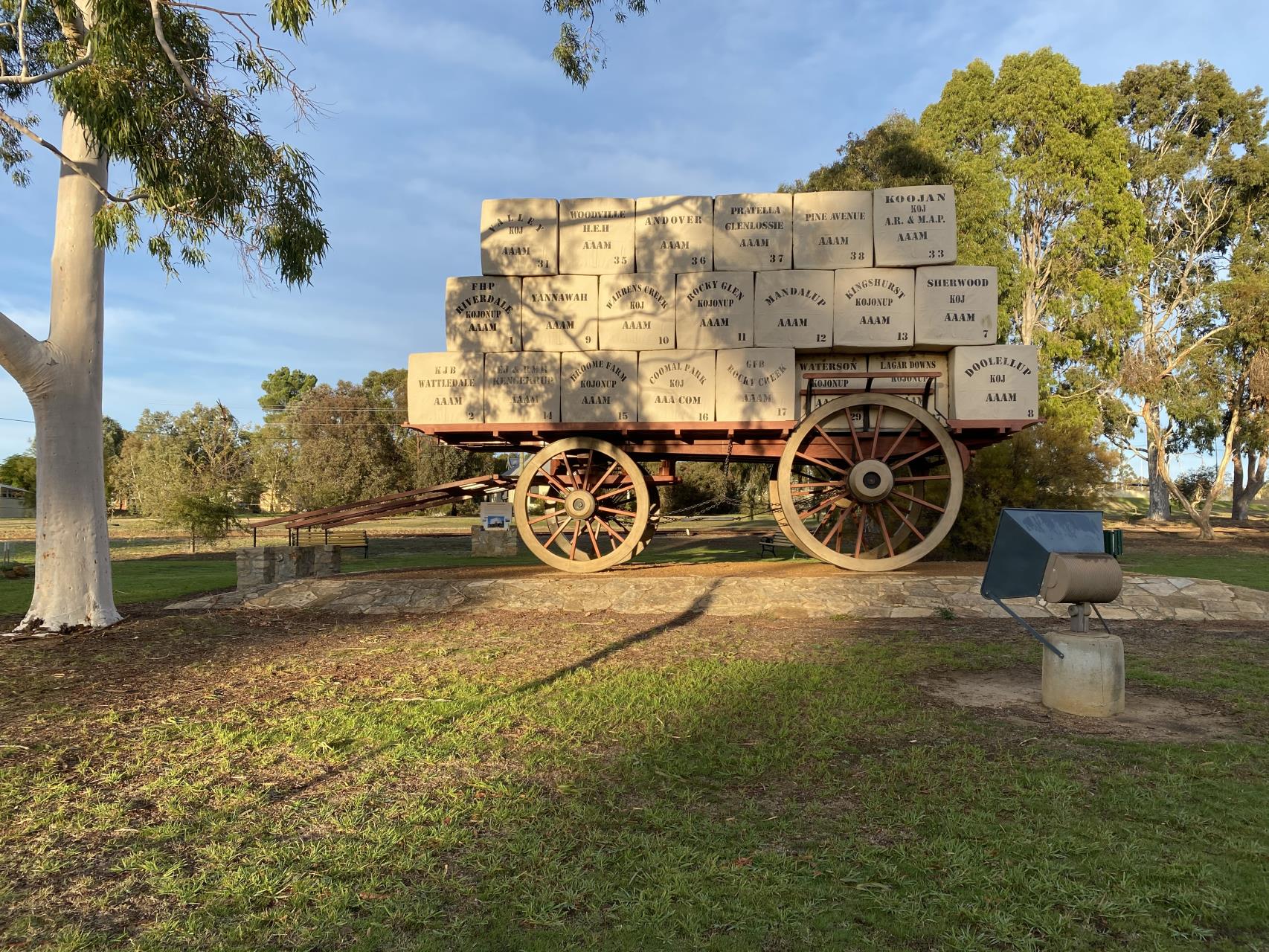
The significance of the sheep industry to the Kojonup community inspired the building of this 1.5 times replica wool wagon, with each bale branded with the stencils of Kojonup sheep farms. The foundation and development of the Kojonup area has been largely based around the sheep industry and the production of wool to satisfy local and overseas markets. In 1840, early settlers selected tracts of land to graze flocks of sheep that were driven into the area from Albany. The wool wagon sits in the town centre on the Albany Highway.
The Old Post Office
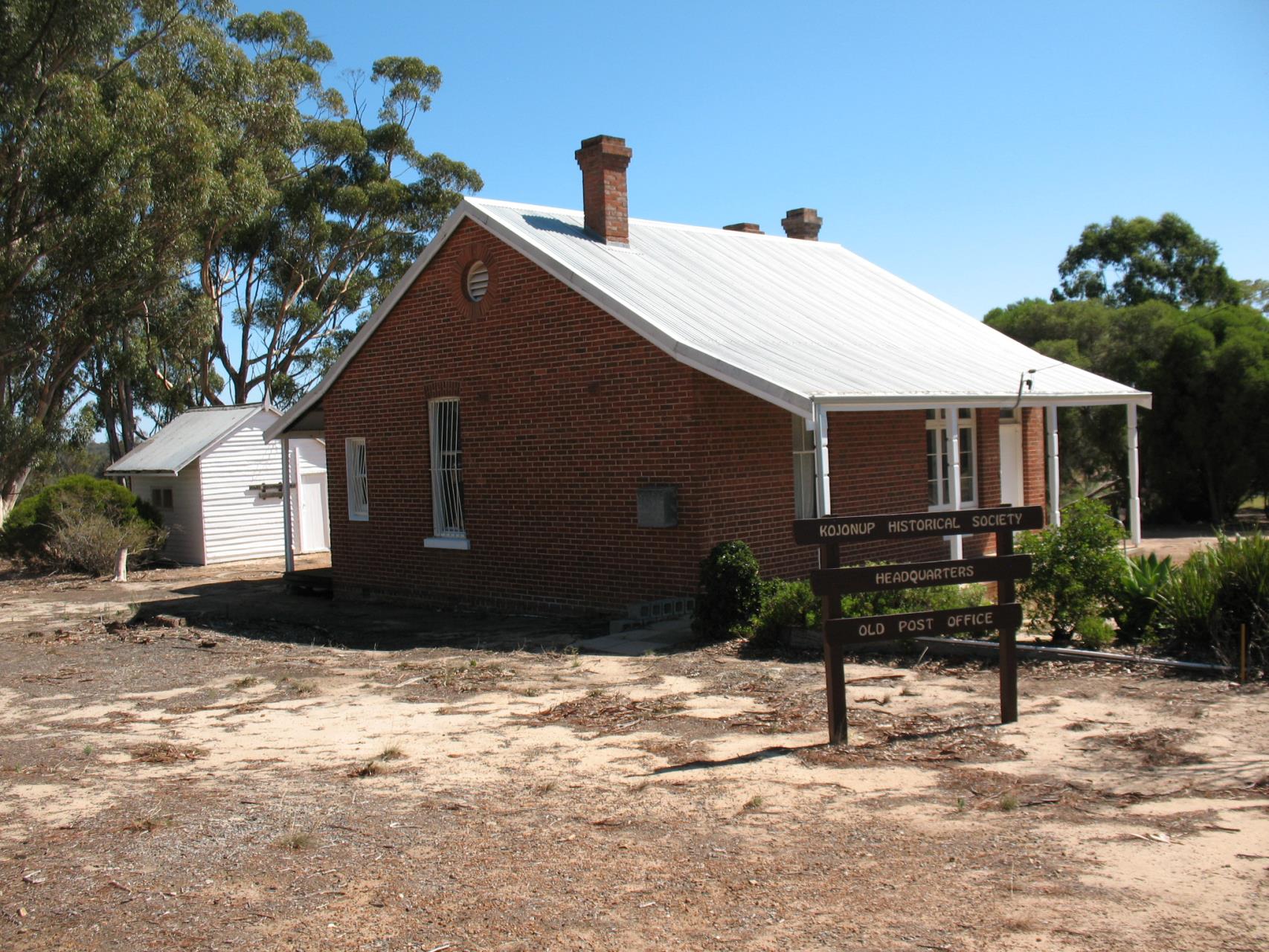
Now home to the Kojonup Historical Society, the Old Post Office was built in 1897. Prior to this time, postal/ telegraph services were conducted firstly in a small house opposite the police station (1864- 1884), and then within a local store. The 1897 Post Of fice, which served as a post and telegraph office, had attached living accommodation for the postmaster/ mistress. By 1913, public pressure resulted in a new Post Office being built on Albany Highway. The Old Post Office became the headmaster's accommodation.
TransWA Bus
Transwa operates passenger services to over 240 destinations in regional Western Australia, as well as regularly monitoring stopping destinations and working with local communities to ensure that the standard of these destinations are suitable for passengers. The Perth to Albany route stops at the Kojonup Visitor Centre dailiy travelling North and South along Albany Highway.
Transwa recommends passengers are ready for boarding 15 minutes prior to the scheduled departure time. To view the details of the timetable that runs via Kojonup here.
Transwa services will only pick-up and drop-off passengers at most destinations if a booking is made in advance. Bookings are available up to three months (90 days) prior to travel and can be made via the Transwa website or contact centre.
To make a booking, please visit the Kojonup Visitor Centre in person.
National Toilet Map
The following link will take you to the Department of Health and Ageing's National Public Toilet Map website where you can type in a postcode and search for nearby public toilets.
